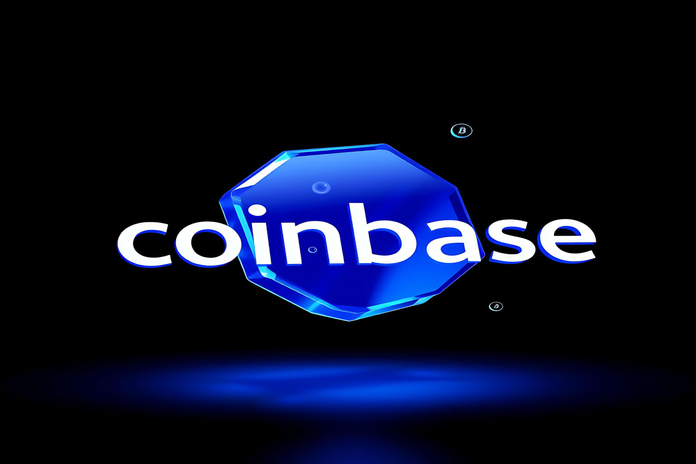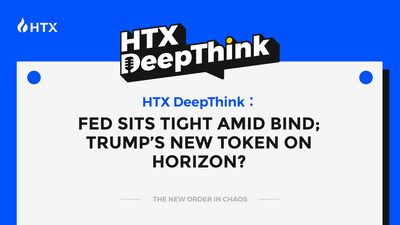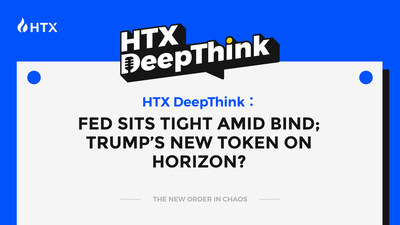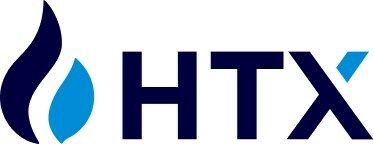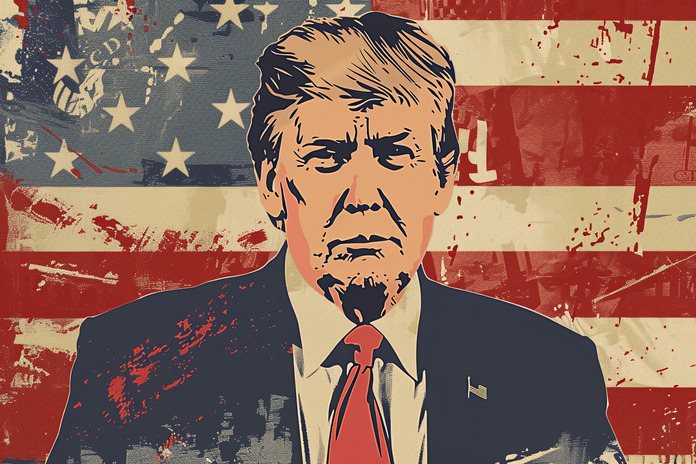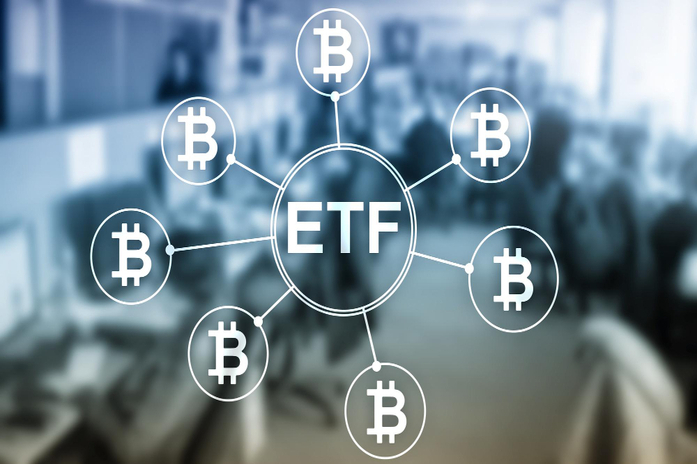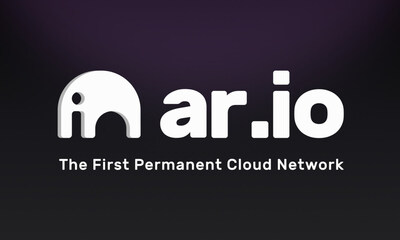GLOBAL X ANNOUNCES SEMI-MONTHLY MAY 2025 DISTRIBUTIONS FOR ITS SUITE OF ETFs
This post was originally published on this site
TORONTO, May 8, 2025 /CNW/ – Global X Investments Canada Inc. (“Global X”) is pleased to announce the distribution amounts per security (the “Distributions”) for its exchange traded funds (the “ETFs“), as indicated in the table below.
|
Ticker Symbol |
ETF Name |
Ex-Date and Record Date |
Pay Date |
Cash |
|
BCCC |
Global X Bitcoin Covered Call ETF |
05/15/2025 |
05/23/2025 |
0.14 |
|
BCCC.U (1) |
0.14 |
|||
|
BCCC |
Global X Bitcoin Covered Call ETF |
05/30/2025 |
06/06/2025 |
0.14 |
|
BCCC.U(1) |
0.14 |
|||
|
BCCL |
Global X Enhanced Bitcoin Covered Call ETF |
05/15/2025 |
05/23/2025 |
0.175 |
|
BCCL.U(2) |
0.175 |
|||
|
BCCL |
Global X Enhanced Bitcoin Covered Call ETF |
05/30/2025 |
06/06/2025 |
0.175 |
|
BCCL.U(2) |
0.175 |
|
(1) |
Distributions for Global X Bitcoin Covered Call ETF are declared and paid in Canadian dollars, including those listed under the U.S. dollar traded ticker BCCC.U. The approximate U.S. dollar equivalent distribution rate for BCCC.U is $0.10123 per security. For securityholders who hold the U.S. dollar traded BCCC.U, the securityholder’s account holder will typically convert distribution payments to U.S. dollars. |
|
(2) |
Distributions for Global X Enhanced Bitcoin Covered Call ETF are declared and paid in Canadian dollars, including those listed under the U.S. dollar traded ticker BCCL.U. The approximate U.S. dollar equivalent distribution rate for BCCL.U is $0.12654 per security. For securityholders who hold the U.S. dollar traded BCCL.U, the securityholder’s account holder will typically convert distribution payments to U.S. dollars. |
Distributions for the ETFs will vary from period to period. For further information regarding the Distributions, please visit www.GlobalX.ca.
About Global X Investments Canada Inc. (www.GlobalX.ca)
Global X Investments Canada Inc. is an innovative financial services company and offers one of the largest suites of exchange traded funds in Canada. The Global X Fund family includes a broadly diversified range of solutions for investors of all experience levels to meet their investment objectives in a variety of market conditions. Global X has more than $39 billion of assets under management and 142 ETFs listed on major Canadian stock exchanges. Global X is a wholly-owned subsidiary of the Mirae Asset Financial Group, which manages more than $900 billion of assets across 19 countries and global markets around the world.
Commissions, management fees, and expenses all may be associated with an investment in products (the “Global X Funds”) managed by Global X Investments Canada Inc. The Global X Funds are not guaranteed, their values change frequently, and past performance may not be repeated. Certain Global X Funds may have exposure to leveraged investment techniques that magnify gains and losses which may result in greater volatility in value and could be subject to aggressive investment risk and price volatility risk. Such risks are described in the prospectus. The Global X Money Market Funds are not covered by the Canada Deposit Insurance Corporation, the Federal Deposit Insurance Corporation, or any other government deposit insurer. There can be no assurances that the money market fund will be able to maintain its net asset value per security at a constant amount or that the full amount of your investment in the Funds will be returned to you. Past performance may not be repeated. The prospectus contains important detailed information about the Global X Funds. Please read the relevant prospectus before investing.
The payment of distributions, if any, is not guaranteed and may fluctuate at any time. The payment of distributions should not be confused with an exchange traded fund’s (“ETF”) performance, rate of return, or yield. If distributions paid by the ETF are greater than the performance of the ETF, distributions paid may include a return of capital and an investor’s original investment will decrease. A return of capital is not taxable to the investor but will generally reduce the adjusted cost base of the securities held for tax purposes. Distributions are paid as a result of capital gains realized by an ETF, and income and dividends earned by an ETF are taxable to the investor in the year they are paid. The investor’s adjusted cost base will be reduced by the amount of any returns of capital. If the investor’s adjusted cost base goes below zero, investors will realize capital gains equal to the amount below zero. Future distribution dates may be amended at any time. To recognize that these distributions have been allocated to investors for tax purposes the amounts of these distributions should be added to the adjusted cost base of the units held. The characterization of distributions, if any, for tax purposes, (such as dividends/other income/capital gains, etc.) will not be known for certain until after the ETF’s tax year-end. Therefore, investors will be informed of the tax characterization after year-end and not with each distribution if any. For tax purposes, these amounts will be reported annually by brokers on official tax statements. Please refer to the applicable ETF distribution policy in the prospectus for more information.
The Global X Bitcoin Covered Call ETF (BCCC) and the Global X Enhanced Bitcoin Covered Call ETF (BCCL) are each exchange traded alternative mutual funds that invest in other alternative mutual funds that invest, directly or indirectly, in Bitcoin. There are inherent risks associated with products linked to crypto assets, including Bitcoin Futures. While Bitcoin Futures are traded on a regulated exchange and cleared by regulated central counterparties, direct or indirect exposure to the high level of risk of Bitcoin Futures will not be suitable for all types of investors. Given the speculative nature of bitcoin and the volatility of the digital currency markets, there is no assurance that BCCC or BCCL will be able to meet their respective investment objectives. An investment in BCCC or BCCL is not intended as a complete investment program and is appropriate only for investors who have a sophisticated knowledge and understanding of Bitcoin and the capacity to absorb a loss of some or all of their investment. An investment in either BCCC or BCCL is considered high risk.
Certain statements may constitute a forward-looking statement, including those identified by the expression “expect” and similar expressions (including grammatical variations thereof). The forward-looking statements are not historical facts but reflect the author’s current expectations regarding future results or events. These forward-looking statements are subject to a number of risks and uncertainties that could cause actual results or events to differ materially from current expectations. These and other factors should be considered carefully, and readers should not place undue reliance on such forward-looking statements. These forward-looking statements are made as of the date hereof and the authors do not undertake to update any forward-looking statement that is contained herein, whether as a result of new information, future events or otherwise, unless required by applicable law.
This communication is intended for informational purposes only and does not constitute an offer to sell or the solicitation of an offer to purchase exchange traded products managed by Global X Investments Canada Inc. and is not, and should not be construed as, investment, tax, legal or accounting advice, and should not be relied upon in that regard. Individuals should seek the advice of professionals, as appropriate, regarding any particular investment. Investors should consult their professional advisors prior to implementing any changes to their investment strategies. These investments may not be suitable to the circumstances of an investor.
Global X Investments Canada Inc. (“Global X”) is a wholly owned subsidiary of Mirae Asset Global Investments Co., Ltd. (“Mirae Asset”), the Korea-based asset management entity of Mirae Asset Financial Group. Global X is a corporation existing under the laws of Canada and is the manager and investment manager of the Global X Funds.
© 2025 Global X Investments Canada Inc. All Rights Reserved.
SOURCE Global X Investments Canada Inc.

Featured Image: depositphotos @ giggswalk



